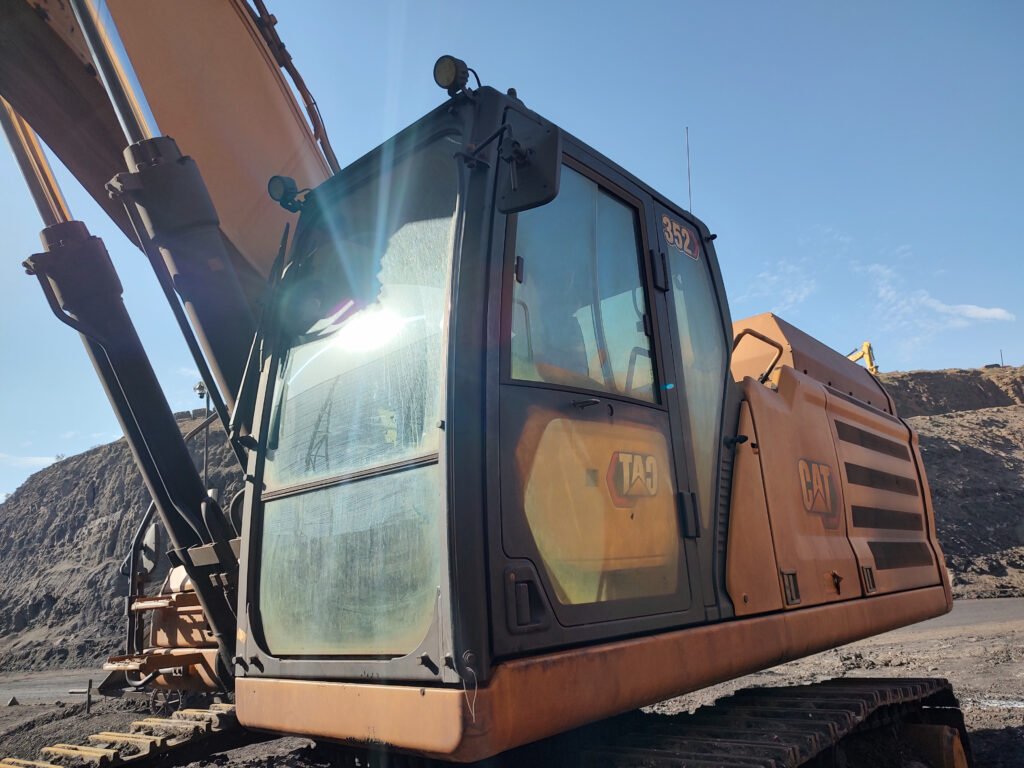I. Introduction
A. What Are Import Tariff Policies for Used Excavators?
- Import tariff policies for used excavators refer to the tax rates and regulations imposed by various governments on the import of used excavators. These policies include not only the specific tariff amounts but also the import procedures, necessary documentation, and compliance standards.
B. Why Is It Important to Understand These Policies?
- Understanding the tariff policies of different countries is crucial for businesses as it helps optimize costs and develop effective market entry strategies. The differences in policies can lead to significant variations in final expenses, affecting a company’s competitiveness and profit margins. Additionally, being familiar with these policies helps avoid potential legal risks and ensures smooth customs clearance.
II. Overview of Import Tariff Policies for Used Excavators in Different Countries
A. United States
- What is the import tariff rate for used excavators in the United States?
- In the United States, the import tariff for used excavators typically ranges from 2% to 5%, depending on the type and use of the equipment, as well as the compliance record of the importer. The U.S. also has strict environmental regulations, requiring all imported equipment to meet federal and state safety standards. This means that businesses must be aware of the relevant inspection procedures when planning to import.
B. European Union Countries
- How does the European Union’s import tariff policy for used excavators work?
- The tariff policy within the European Union is relatively uniform, but there may be differences in implementation among member states. Generally, most EU countries impose an import tariff of between 0% and 7% for used excavators. Importers must also comply with EU environmental standards, and some countries may require additional compliance documentation and technical files to ensure the equipment is suitable for continued use.
C. China
- What is the import tariff rate for used excavators in China?
- China typically imposes a 5% import tariff on used excavators, in addition to value-added tax (VAT) and consumption tax. In recent years, the Chinese government has gradually relaxed restrictions on importing used equipment, but strict quality inspections and safety standards remain in place. Companies need to ensure that the equipment complies with China’s environmental regulations, particularly regarding noise and emissions.
D. Japan
- What is Japan’s import tariff policy for used excavators?
- Japan’s import tariff for used excavators generally ranges from 0% to 3%, depending on the type and age of the equipment. Japan has very high technical standards for used equipment, and companies are required to provide detailed technical specifications and compliance documentation. Additionally, all imported equipment must undergo inspection by relevant Japanese authorities to ensure compliance with safety and environmental standards.
E. Australia
- How does Australia’s import tariff policy for used excavators work?
- Australia typically imposes a 5% tariff on used excavators. In certain cases, businesses may apply for exemptions or reductions, especially for specific projects or purposes. Importers must provide maintenance records and safety compliance documentation to ensure that the imported equipment meets Australian safety and environmental requirements. These regulations aim to protect domestic industries while ensuring the quality of imported equipment.

III. Comparison of Policies
A. Comparison of Tariff Rates
- How do tariff rates for used excavators differ among countries?
- There are noticeable differences in tariff rates among countries; for instance, the United States and China have relatively low tariffs, while some EU countries may impose higher tariffs due to environmental policies. By comparing these rates, businesses can determine the most cost-effective import destination based on tariffs, transportation costs, and other potential expenses.
B. Differences in Import Restrictions and Inspection Requirements
- What are the differences in import restrictions and inspection requirements among countries?
- Different countries have varying import restrictions and inspection requirements for used excavators. For example, some countries may require importers to provide detailed equipment history and maintenance records, while others may only require basic safety inspections. Understanding these differences can help businesses better prepare the necessary documentation for a smooth clearance process.
IV. Influencing Factors
A. Economic Factors
- How do economic factors influence tariff policies in different countries?
- The economic conditions of each country directly impact their tariff policies. For example, countries experiencing strong economic growth may lower tariffs to encourage imports and investment, whereas countries facing economic downturns might increase tariffs to protect domestic industries. Additionally, fluctuations in global markets, such as changes in resource prices, can also influence tariff policies.
B. Policy Background
- How does the policy background of governments influence import tariffs?
- The attitudes and policy directions of governments regarding the import of used equipment influence the development of tariff policies. Some countries may reduce tariffs to encourage technology transfer and equipment upgrades, while others may raise tariffs for safety and environmental concerns. The government’s policy background and international relations can also affect changes in import tariffs.
V. Conclusion
A. Summary of Key Differences in Import Tariff Policies for Used Excavators
- There are significant differences in the import tariff policies for used excavators across various countries, and understanding these differences is essential for businesses to optimize their international trade strategies and minimize potential risks.
B. Recommendations for Businesses
- When planning to import used excavators, businesses should conduct thorough research on the tariff policies, inspection requirements, and economic conditions of target countries to develop sensible import strategies. By understanding these policies in advance, companies can better control costs, respond to regulatory changes, and maintain competitiveness in the international market.



